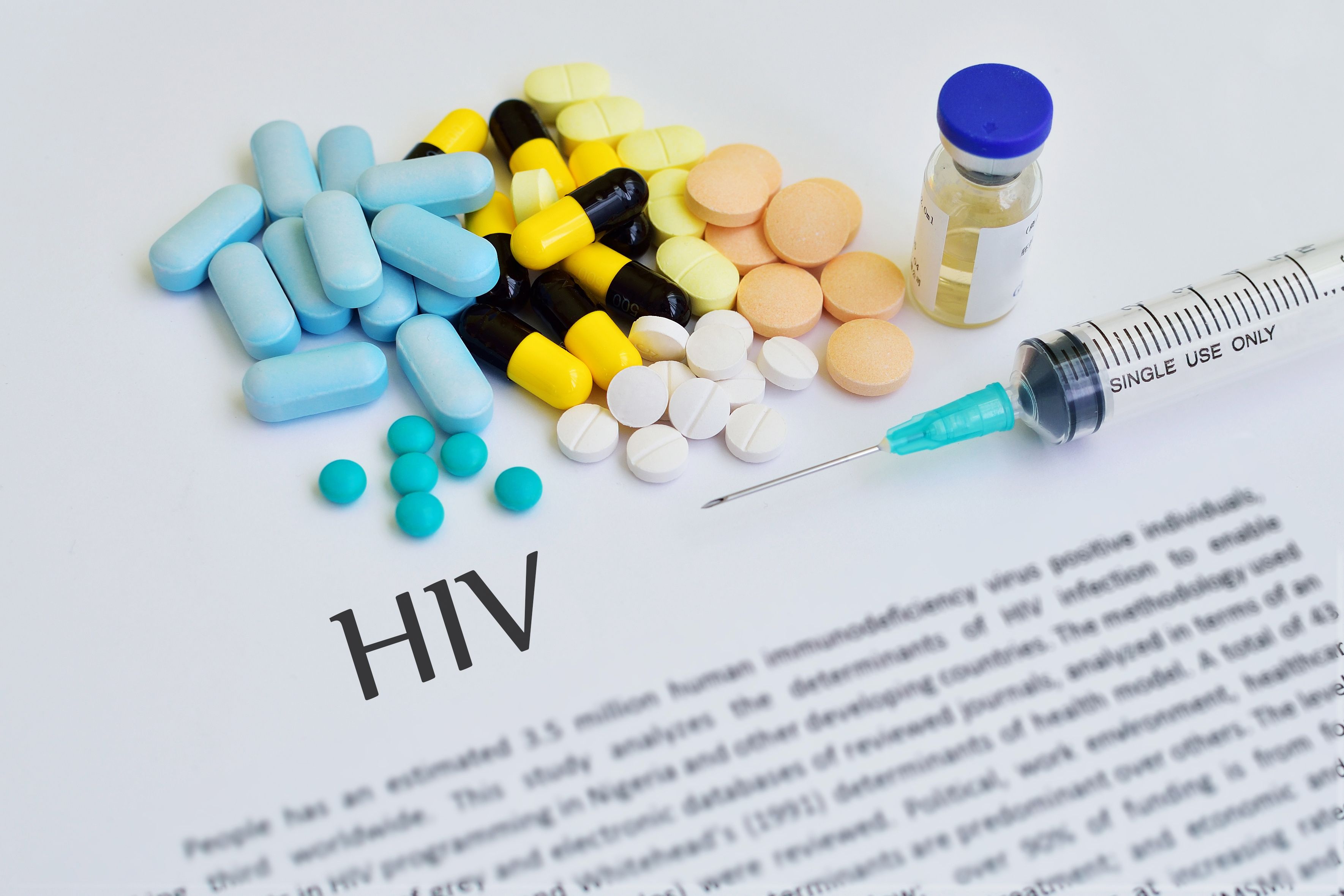Article
Researchers Successfully Eliminate HIV in Mice With the Help of CRISPR
Author(s):
Combining CRISPR with long-acting slow-effective release antiretroviral therapy—a recently developed therapeutic strategy—the researchers were able to effectively eliminate replication-competent HIV DNA from the genomes of approximately 30% of infected humanized mice.
Amid a new wave of efforts to combat the HIV epidemic, a team of researchers has successfully eliminated HIV from mice. Combining CRISPR with long-acting slow-effective release (LASER) antiretroviral therapy (ART)—a recently developed therapeutic strategy—the researchers were able to effectively eliminate replication-competent HIV DNA from the genomes of approximately 30% of infected humanized mice.
Despite years of research, vaccines and other approaches have consistently failed to cure patients of HIV. Currently, ART, if adhered to, can virally suppress the infection and cause it to remain in a latent state. However, the therapy cannot eliminate integrated copies of HIV proviral DNA, and thus, ART cessation can lead to reactivation and disease progression.
While these new study findings offer a proof of concept and an important step toward curing HIV, the majority of mice were unable to be cured of the virus, and the method will need to be tested in more clinical trials in both non-human primates and humans and be deemed practical for widespread use.
“The big message of this work is that it takes both CRISPR-Cas9 and virus suppression through a method such as LASER ART, administered together, to produce a cure for HIV infection,” said Kamel Khalili, PhD, Laura H. Carnell Professor and chair of the Department of Neuroscience, director of the Center for Neurovirology, and director of the Comprehensive NeuroAIDS Center at the Lewis Katz School of Medicine at Temple University, in a statement. "We now have a clear path to move ahead to trials in nonhuman primates and possibly clinical trials in human patients within the year."
Two months prior to gene editing, mice were treated with LASER ART, which provides sustained suppression of the virus. The mice received chemically modified versions of rilpivirine, dolutegravir, lamivudine, and abacavir, which were packaged into nanocrystals and targeted at reservoirs of latent HIV, where they then began to slowly release the therapy.
“For elimination of proviral DNA, we chose the CRISPR-Cas9 gene editing platform and created a multiplex of gRNAs [guide RNAs] that cased cleavage of the viral genome at the highly conserved regions within the LTRs [long terminal repeats] and the Gag gene,” explained the researchers. “This strategy allowed for the removal of the large intervening DNA fragments across the viral genome and mitigated any chance for the emergence of virus escape mutants.”
Eight weeks following the last administration of LASER ART, and 5 weeks following the single CRISPR treatment, HIV was undetectable in 2 of the 7 mice, with the researchers observing viral clearance in infected spleen and lymphoid tissue, bone marrow, gut, liver, kidney, brain, and lung. The mice also experienced restoration of CD4+ T cells in the spleens. The other 5 mice experienced viral rebound after removal of LASER ART.
The viral clearance achieved in the 2 mice was confirmed when the researchers transferred their immune cells into uninfected mice and observed no infectious progeny virus.
All 16 mice treated with either LASER ART or CRISPR alone had readily detectable levels of HIV, suggesting that LASER ART enhances the ability of CRISPR to genetically edit out proviral DNA by suppressing viral replications, according to the researchers.
The researchers noted that they did not observe any unintended gene edits from CRISPR.
Reference:
Dash P, Kaminski R, Bella R, et al. Sequential LASER ART and CRISPR treatments eliminate HIV-1 in a subset of infected humanized mice [published online July 2, 2019]. Nat Commun. doi: 10.1038/s41467-019-10366-y.





